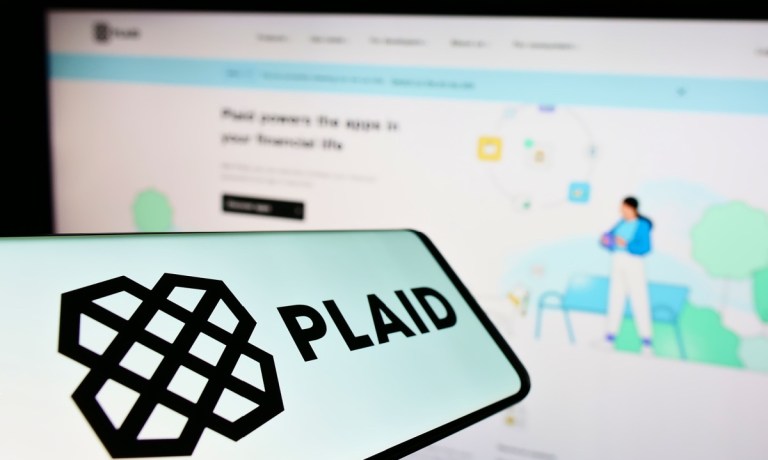Plaid Names Cloudflare Vet Jen Taylor as Its First President

Plaid has named its first president, the latest hire on the FinTech’s road to going public.
Jen Taylor is joining the company after seven years as chief product officer at Cloudflare, Plaid CEO Zach Perret wrote in a blog entry Thursday (Feb. 8).
“Jen’s experience scaling products to meet increasing customer demand will be invaluable as we continue to expand our platform to support ongoing innovation in financial services,” the chief executive said.
That expansion, Perret added, has involved adding payment, lending and anti-fraud capabilities on top of Plaid’s core account linking and onboarding offerings, with demand for these products higher than what the company had expected.
“I am confident Jen is the right person to help us do even more to support the more than 8,500 companies we are fortunate to call customers,” he added.
In addition to her time with Cloudflare, Taylor has also overseen product initiatives at Salesforce, Meta and Adobe, Perret wrote.
Taylor’s hiring comes a little less than four months after Plaid named its first ever chief financial officer — former Expedia CFO Eric Hart — a move that was seen as a potential step towards an initial public offering (IPO).
As noted by PYMNTS at the time, Perret has indicated he plans to take the company public, though there is no firm timeline.
Meanwhile, PYMNTS spoke earlier this week with Rahul Hampole, Plaid’s head of payments, about the potential for widespread adoption of pay by bank.
Outside of the U.S., in “Europe, India and Asia, bank payments are growing like crazy.” In the U.S., ACH volumes have risen substantially, approaching about $1 trillion in volumes. And for bank-linked payments to succeed, Hampole said, they need to be simple as swiping a card.
However, he cautioned, pay-by-bank payments are not appropriate for every use. There’s no real reason for a consumer to use this method when making payments at a retailer. But across other areas of commerce, there needs to be merchant adoption.
“Merchants should feel it’s very easy to slot this in as part of their checkout flows or other experiences that they’re building,” Hampole told PYMNTS.
Merchants might feel more comfortable with card-not-present purchases — and, particularly, higher-dollar transactions — being connected to customers’ accounts.